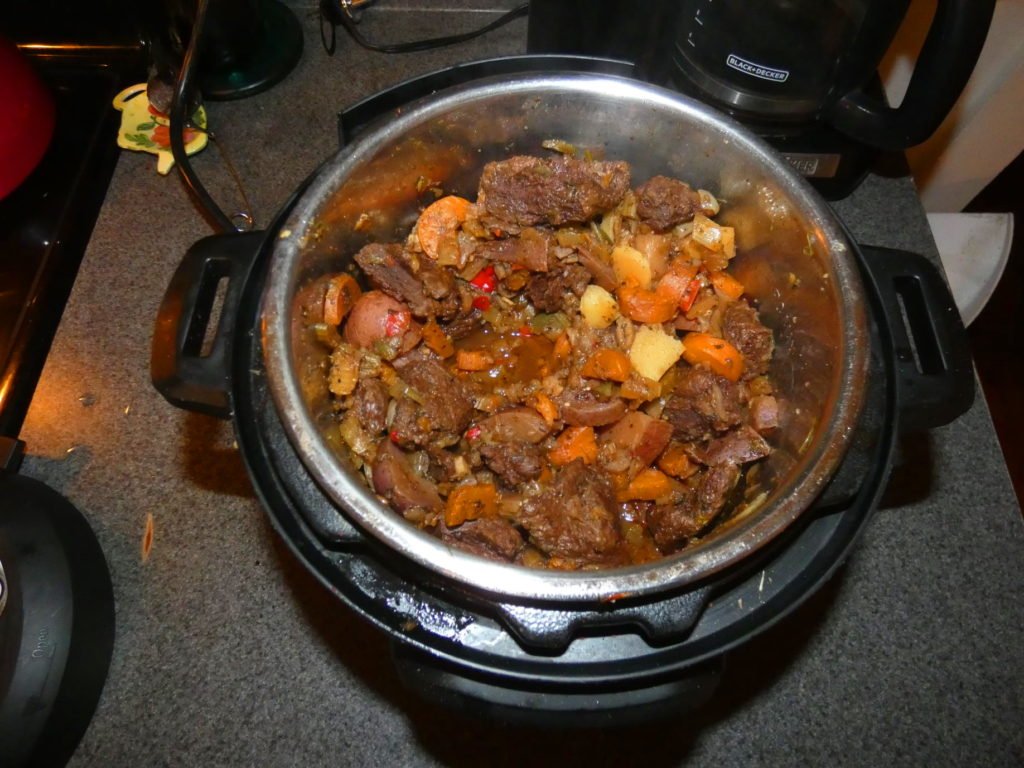
Have you ever thought, “Gosh I’d really like to help combat climate change, but it looks like way too much work. Isn’t there something I could do that requires almost no effort at all?” There is! The single most beneficial action you can take towards reversing climate change isn’t calling politicians or spending hours in the hot sun picking up plastic, it’s simply switching to a vegetarian diet. It’s true, cutting meat out of your diet or at least minimizing your consumption will reduce your carbon foot print far more than limiting air travel, or even buying an electric car. Not only that, you’d be doing a solid for all the poor animals that are trapped in the system. Let’s face it, with the demand for meat growing exponentially every day, the treatment of animals raised for our consumption has taken the back seat and is in a steady decline. Need another reason? Well, the meat industry hasn’t just relaxed their standards for animal treatment, product safety is now also commonly overlooked. But I’ll save all this for another blog. Luckily, you don’t need meat. A plants based diet can supply your body with everything it needs.
Ractopamine is a drug commonly added to pig feed which promotes growth and leanness. In pigs it causes hyperactivity, tremors and stress which often leads to broken limbs and other serious injuries. In humans who consume the meat, it can cause heart problems, tremors, headaches, muscle spasms, and high blood pressure. It’s banned in 160 countries (including Russia and China!) but not the US. In fact they don’t even have to indicate on the label that the meat comes from treated animals.
Getting the meat monkey off your back
Cutting meat out of your diet can be a struggle for some. Meat consumption is endemic in our culture and for most westerners, a meal does not seem complete without some sort of meat course.
Textured Soy Protein to the rescue
Forget about sliced bread. Hands down, Textured Soy Protein (TSP) is the pinnacle advancement in food science. I know, word of mouth has told you that it’s just not the same, but if TSP is properly prepared, you won’t even notice the change. For many years, my office would have weekly cookout. These guys were proud carnivores, but not one or them noticed that the tacos, which is what I served when it was my turn to cook, had no meat in them at all. They loved it, and when I finally revealed that they were eating soy all along, some actually didn’t believe me!
Let’s get started
First you need a source for your main ingredient, the TSP itself. I’ve never been able to find the step by step procedures manufacturers use to make TSP, but I know it requires pressurization, high heat, and I don’t think most home kitchens have the necessary equipment. Maybe one day I will discover the secret, but for now, we will just have to buy TSP from a supplier.
Skip the frozen stuff
Don’t bother with the frozen TSP products you find in your local grocery store. They’re pretty expensive right? All TSP starts out dried. You’re just paying a premium to have it rehydrated and elaborately packaged. It’s also very limiting. There’s a wide variety of textures and ways in which TSP can be flavored. So why limit yourself to just what’s in your local freezer section? Bonus: dried TSP required no refrigeration and when kept in a sealed container can remain fresh for years. Not only that, it’s really inexpensive. For the price of a small bag of frozen crumbles, you could buy 10 pounds of high quality TSP granules.
What to look for
You’re unlikely to find quality dried TSP locally. Some Latin American grocery stores will carry a rather generic looking brand in their dried spices section. It’s not that bad, but you can do better. The good stuff is usually available through online distributors. Still, you want a good deal. The price can vary considerably. Amazon for example has several products that are way over priced. Avoid gimmicky names, flashy packaging, and go for the companies that sell in bulk, which is where you’ll find your best deals. For years, I bought from Honeyville. They specialize in emergency preparedness supplies. Their products come in #10 cans, which when left unopened, can keep their contents fresh for decades. They had a good variety of quality products, but since the beginning of the pandemic, almost all of their TSP products have been out of stock. More recently, I’ve taken my business to Country Life Foods. Their prices have gone up substantially in the past two years, but they remain the best value. I’ve tried a wide variety of their products and they’re all excellent.

As with most bulk products, you get the best value when you buy in volume. But try it out before you commit to a life-time supply. Before buying 25 lbs of Country Life’s chicken flavored chunk TSP, I also tried the minced, which I hated.
TSP comes in all shapes and sizes
Flavored or unflavored?
Honestly, flavored is great, but if there’s a significant price difference, just go with the unflavored. The additives used to flavor TSP aren’t all that difficult to procure on your own, and besides, you can probably do better on your own anyway.
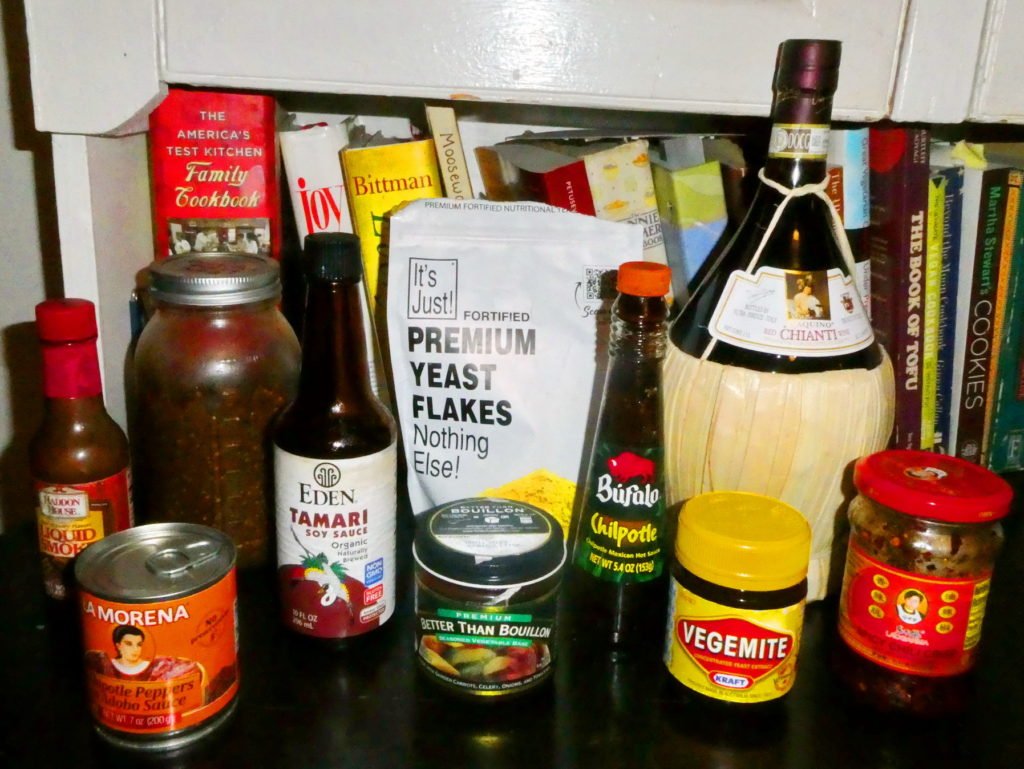
A few of my favorite flavorings:
- Chipotle peppers
- Vegetable bullion
- Bufalo sauce
- Vegemite
- Crisp chili sauce
- Wine
- Yeast flakes
- Salsa
- Liquid smoke
The basics of cooking TSP
I’ve got 3 methods for cooking TSP, all relying upon the same basic strategy, which is to rehydrate and add as much good flavors as possible to the TSP. Some products are already flavored, but there’s always room for improvement.
1. Sauteed:
Choose this method if you’re making taco, burrito, or some other type of filling. You be the judge of measurements here. I like my food hot and with a lot of garlic. I’m mentioning quantites only as ball park figures here. In a large skillet, over medium heat, drizzle olive oil with course ground black pepper and 5 cloves of minced garlic. Then add chopped vidalia onions, bell, jalapeño, and poblano peppers (one of each), and three or four stalks of celery. Also, don’t be afraid to add vegetables with high water content. I do it all the time. Diced tomatoes, zucchini, greens? All that moisture will be absorbed by the TSP. When the celery begins to soften, add additional seasonings, one or two cups of TSP, stir, then cover and reduce the temperature. This works best with chunks or strips, which will absorb the moisture from the sauteed vegetables in around 10 minutes.

2. Crockpot/ pressure cooker:
If you’re making chili or some other dish with dried beans, this is the way to go. You’ll start out with the same ingredients as in the first method. I like to add all the vegetables, the seasoning, and oil in with the beans and cook everything together. Since the vegetables really don’t need as much time as the beans to cook, you could saute them separately, however, my goal when cooking is to use as few pots and pans as possible, so I just try to leave the vegetables in larger pieces and hope for the best. When the beans are done, add in the TSP and allow it to cook on low heat for another 10 minutes or so. Have you ever cooked beans and had them turn out soupy, because you added a little too much water? The TSP will draw all of that liquid out. Problem solved. This cooking method is also idea for TSP steaks. I’ve found that they take a lot longer to rehydrate than chunks or strips. Just add them in at the start with everything else, for the best results.
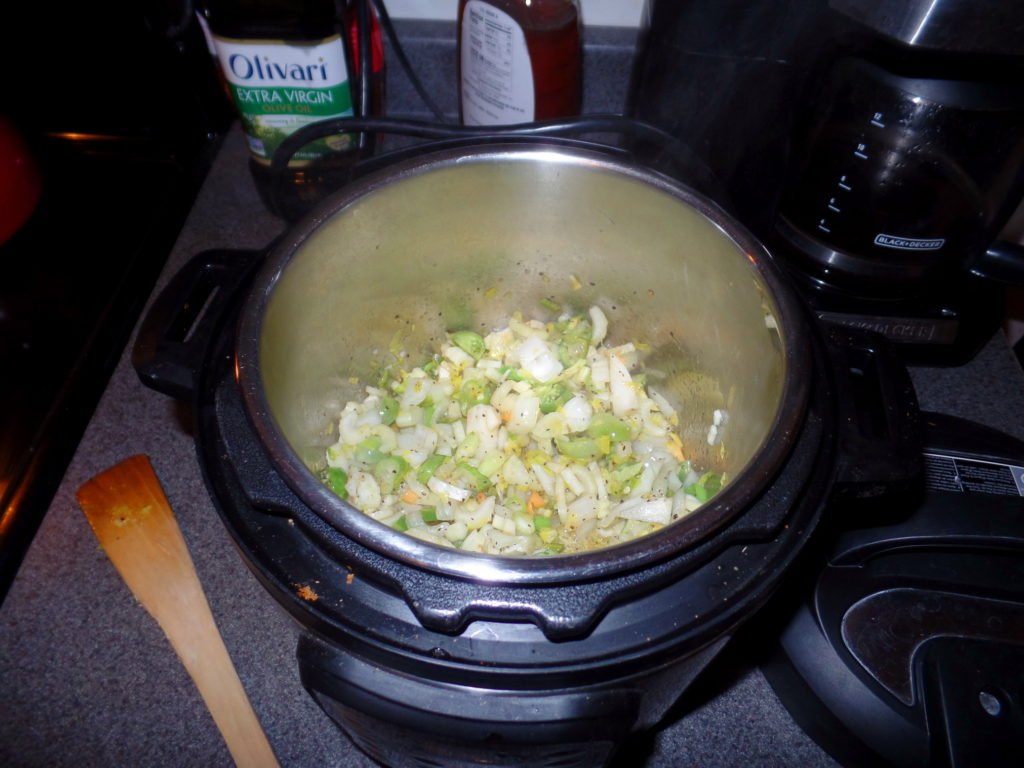
3. Sauces:
Depending on how you make your sauce, this can be the easiest of the 3 methods. If I’m making tomato sauce, the steps are almost identical to the saute method, because there’s almost as much onions, garlic, and peppers in it as crushed tomatoes. However you make your sauce, wait until you’ve got around 10 minutes of cooking time left before adding in the TSP. While I’m on the subject of tomato sauce, wouldn’t it be nice to have some Italian sausage to go along with it? Honeyville has an excellent sausage flavored TSP, but it’s always out of stock now. That’s okay, while it is good, you can do even better on your own. Just follow the saute method above and add plenty of the seasonings you would expect to find in sausage. I chop up some fennel, anise, celery and caraway seeds. Add in some smoked paprika, chili powder, and lot of oregano, and it turns out great.
Taking TSP to the next level
If you’ve follow my cooking recommendations so far, no one should suspect that TSP on their plate is not actually meat. But there is always room for improvement. For example, TSP is a bit on the lean side. It’s made with defatted soy flour, so no surprise. No need to add fat, we can emulate it’s textural quality with the addition of my secret ingredient, eggplant.

Eggplant can improve the texture of TSP
I have two ways of preparing eggplant. My preferred method is grilling. Simply split the eggplant down the middle, brush with olive oil, and sprinkle with salt, pepper, and any other seasonings you like (I always use smoked paprika). Preheat the grill somewhere between 500 and 600 degrees, and then place the eggplant flat side down. Once blackened (5 to 8 minutes), flip it over and cook until it’s bubbling and a fork easily passes through. I prefer this method because it adds a bit of char. If you don’t feel like heating up the grill, my second method is more efficient. Simple dice the eggplant (around half inch cubes) and saute with the garlic, onions, and other veggies. If you’ll be using a crockpot or pressure cooker, don’t forget to cut the eggplant into much larger pieces to accommodate the longer cooking time.
Some of my favorite ways to prepare TSP
TSP is inexpensive, has an incredibly long shelf life, and is one of the most versatile meat substitutes. It pairs really well with most vegetables. Burritos and tacos are only the beginning. Here are just a few of my favorite TSP based meals. You don’t need my recipes (I don’t actually have any). Just start with any of the three methods I’ve described, and you can’t go wrong.


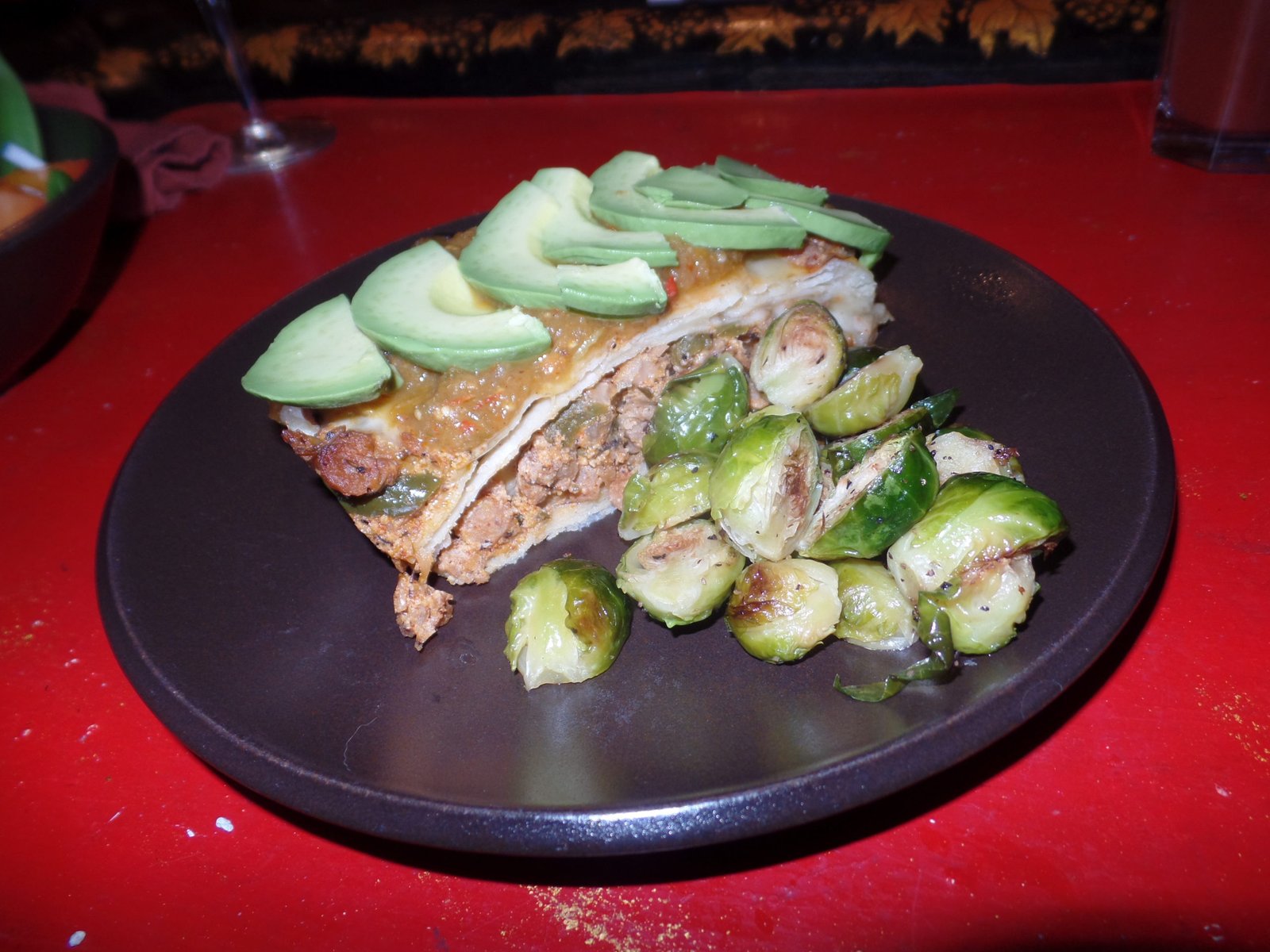
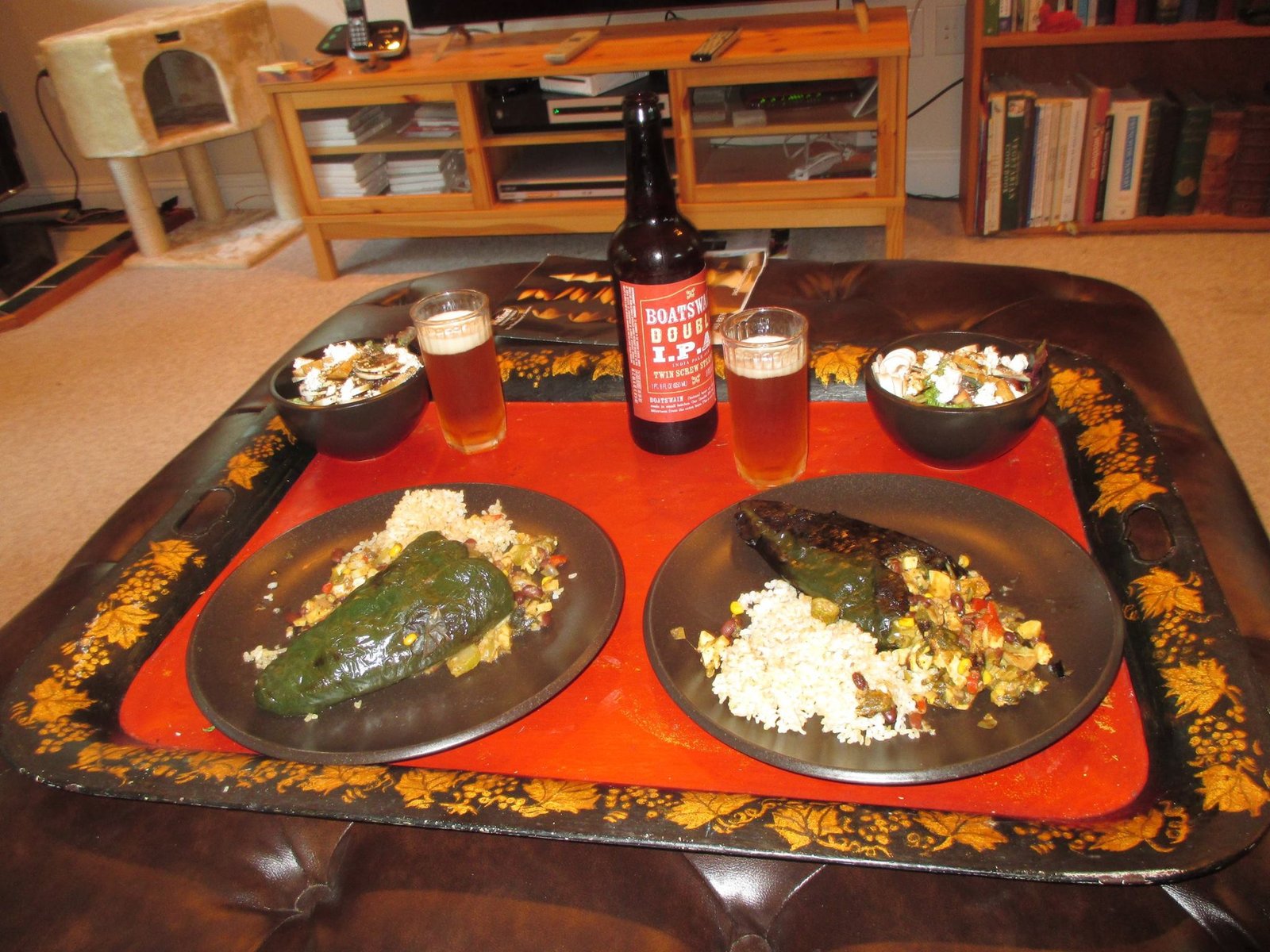
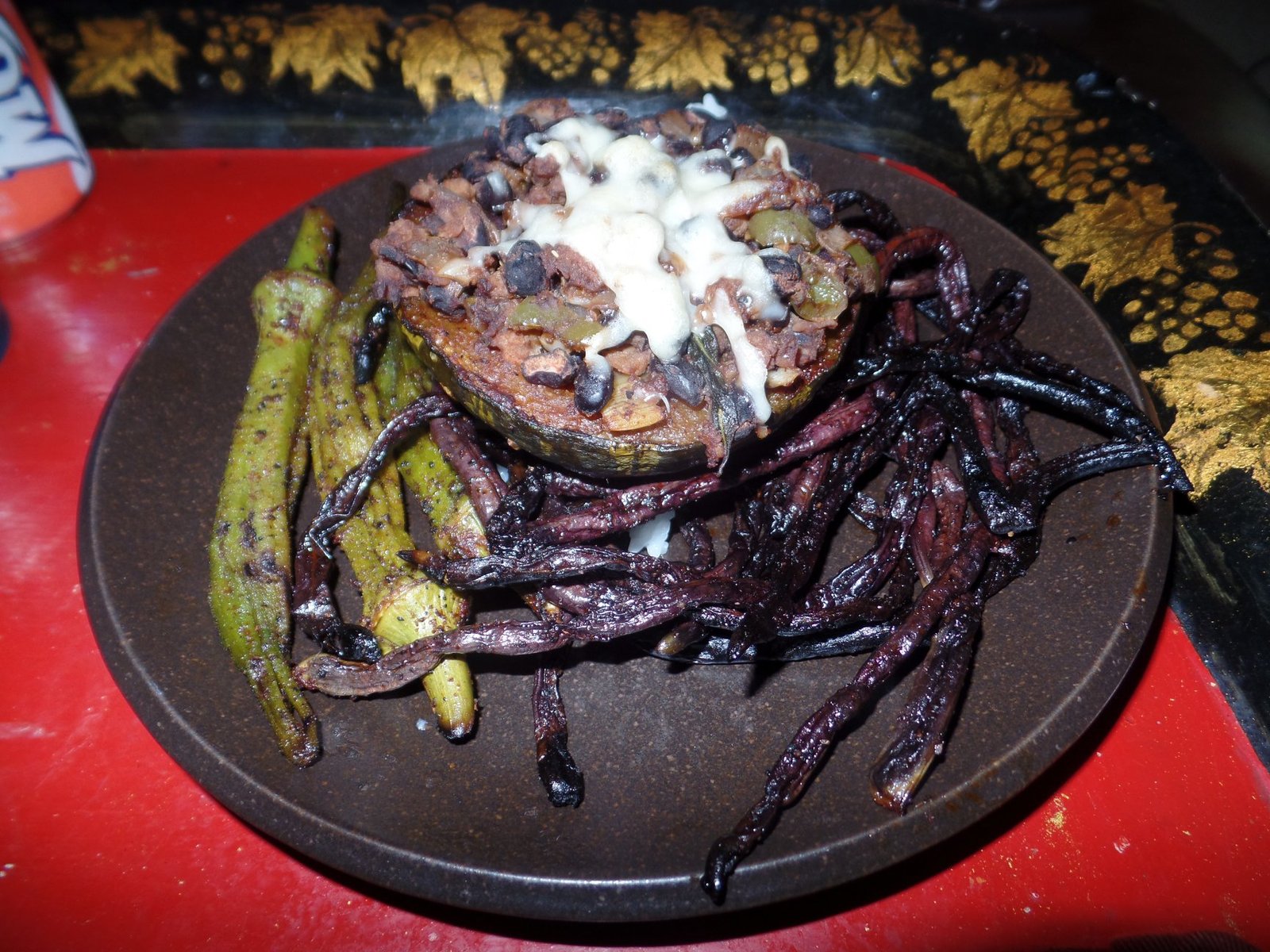

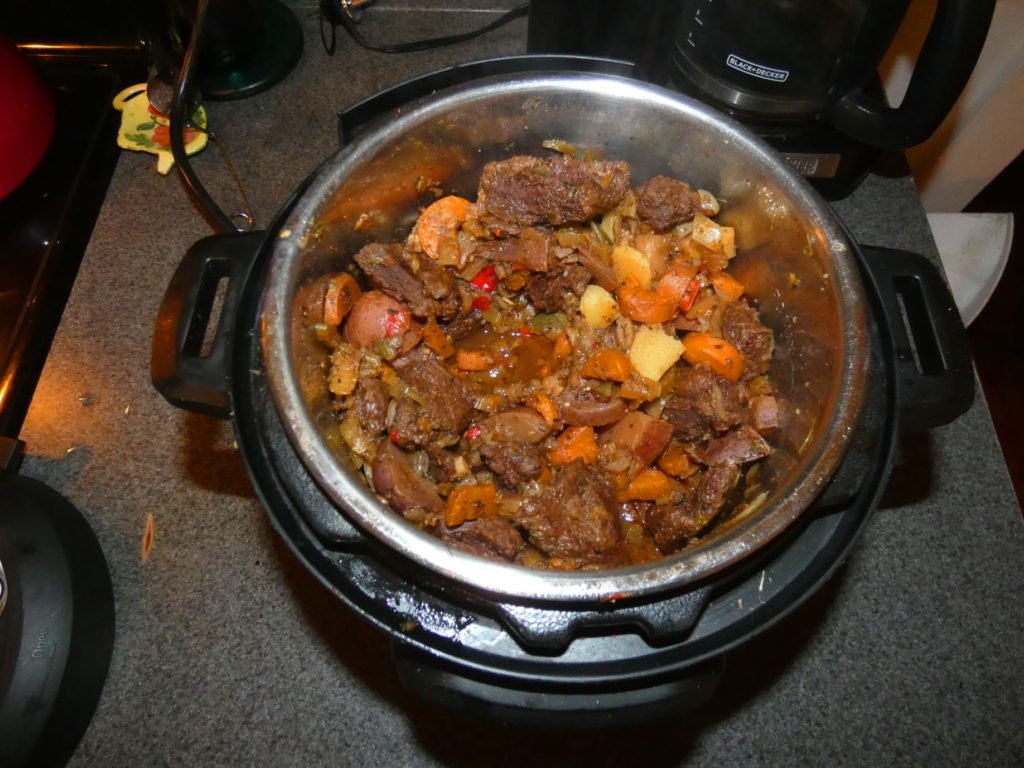
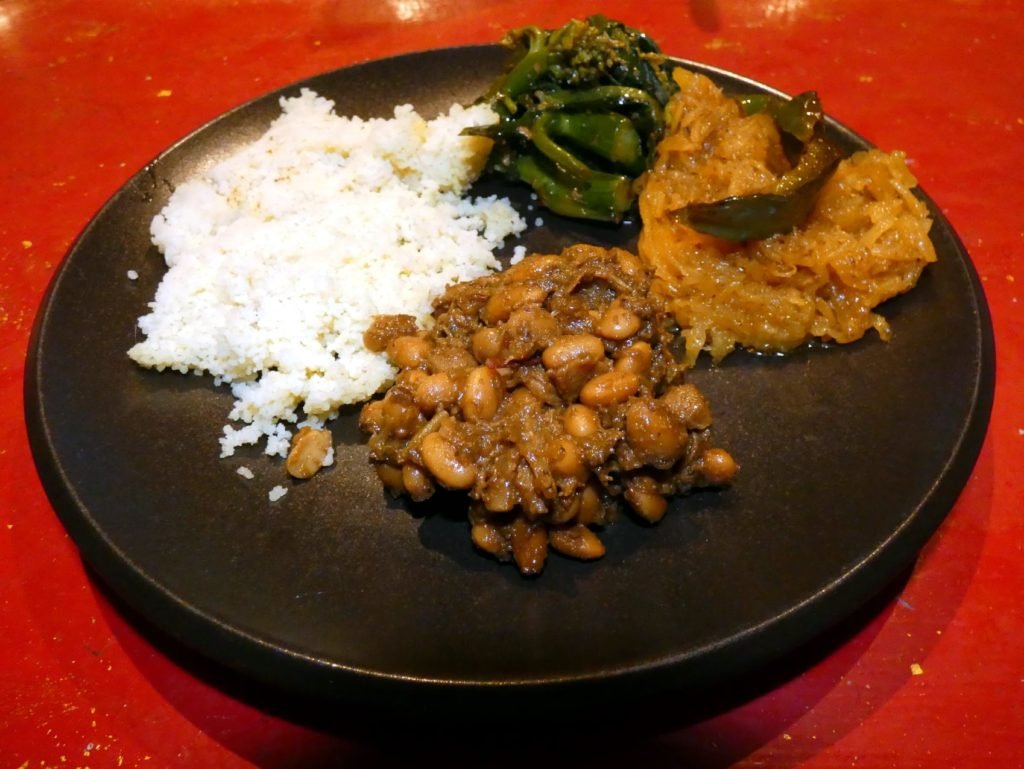
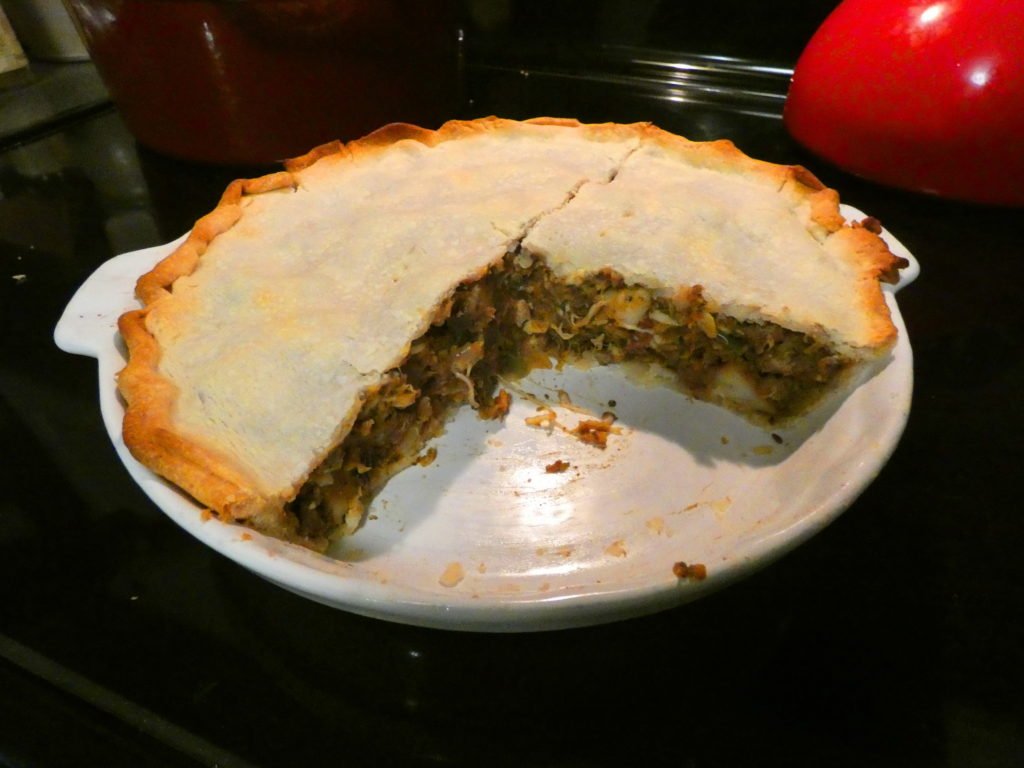
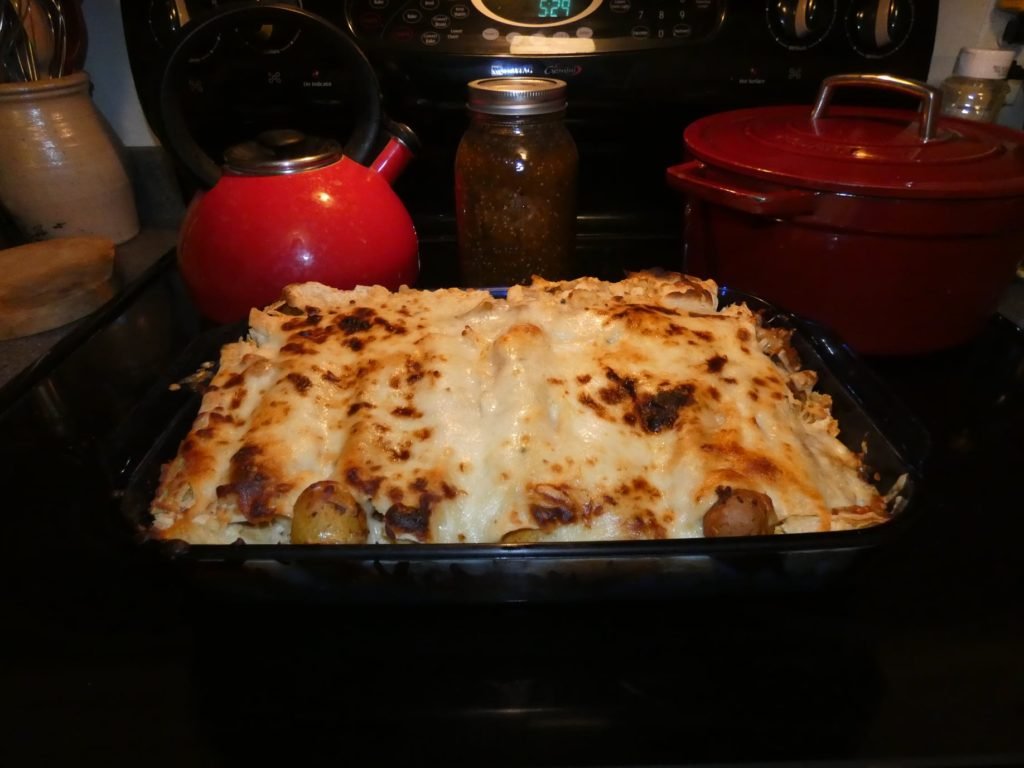

One more thing
While there are loads of health benefits, some finding do suggest that too much soy may actually be bad for some people’s health. Check out what the National Institutes of Health have to say about soy.



